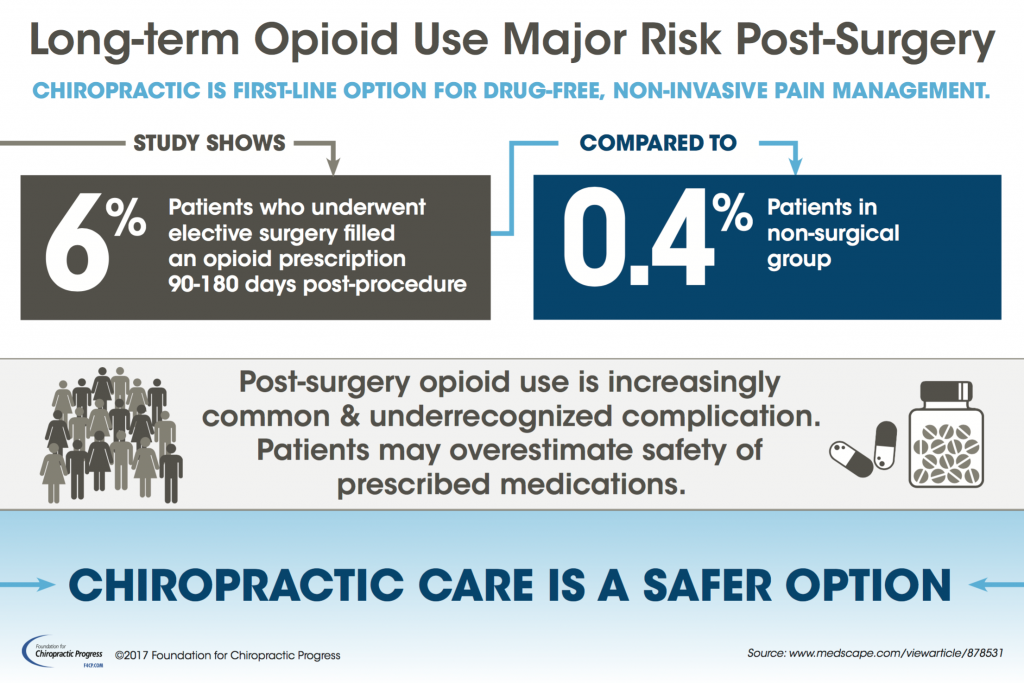Pain In The Back As An Indicator Of Health And Wellness: Typical Disorders And Their Signs Explained
Pain In The Back As An Indicator Of Health And Wellness: Typical Disorders And Their Signs Explained
Blog Article
Post Writer-Patton Eason
If you're experiencing back pain, your body may be trying to tell you something greater than just discomfort. The way your back feels can provide valuable clues regarding your overall wellness. Understanding the particular sort of discomfort you're feeling and any type of coming with symptoms is key to deciphering the mystery behind your discomfort. Let's discover the typical conditions and symptoms related to various sorts of back pain to shed light on what your body might be signaling.
Sorts Of Neck And Back Pain
When it involves back pain, there are different kinds that you may experience. One typical kind is muscle mass pain, often brought on by overuse, strain, or injury to the muscles and ligaments supporting the spinal column. This kind of discomfort can vary from light discomfort to extreme and debilitating pain.
One more kind is nerve discomfort, which can result from problems like herniated discs or sciatica. Nerve discomfort frequently offers as a sharp, shooting feeling that emits down the leg.
Joint discomfort in the back can originate from concerns like joint inflammation or sacroiliac joint disorder. This sort of pain is generally felt in the reduced back and can be intensified by particular movements.
Additionally, pain in the back can be related to structural troubles such as spinal constriction or vertebral fractures. Comprehending the kind of pain in the back you're experiencing is important in establishing the appropriate treatment and management techniques.
Common Symptoms to Look For
Relocating past the numerous sorts of neck and back pain, it is very important to recognize the typical symptoms that can indicate underlying concerns.
Consistent neck and back pain that intensifies with activity or at night might suggest a more major trouble. Pins and needles or tingling in the legs or feet, specifically when accompanied by weakness, might point to a nerve-related problem. If you experience unexpected weight management together with neck and back pain, maybe a sign of an extra systemic condition.
Take notice of any adjustments in bladder or bowel feature, as this could be linked to spinal cord compression. Fever, chills, or night sweats together with pain in the back might signal an infection. Keep an eye out for pain that emits down one or both legs, potentially a measure of sciatic nerve pain.
Health And Wellness Issues Linked to Pain In The Back
If you suffer from pain in the back, it's critical to recognize the potential health problems linked to this pain. Pain in the back can be a sign of different underlying problems, consisting of muscular tissue strains, herniated discs, osteoarthritis, back stenosis, and also problems like kidney stones or infections.
chiropractor soho prevail and commonly arise from lifting hefty objects or sudden movements.
Herniated discs occur when the soft cells between vertebrae protrudes, triggering nerve inflammation.
Osteoarthritis, a degenerative joint disease, can cause back pain as cartilage material wears down.
Back constriction, the narrowing of the back canal, can tax nerves.
best acupuncture manhattan may create extreme neck and back pain if they relocate right into the urinary system tract.
Recommended Webpage like back osteomyelitis can likewise manifest as neck and back pain. Comprehending these possible wellness problems can aid you look for appropriate healthcare and monitoring for your pain in the back.
soho acupuncture nyc , following time your back hurts, focus on the kind of discomfort and coming with symptoms. It could be a signal from your body concerning underlying health conditions like muscular tissue pressure, nerve issues, joint problems, or even structural issues. By identifying these indicators, you can take proactive actions to deal with the root cause of your back pain and enhance your general wellness and well-being.
